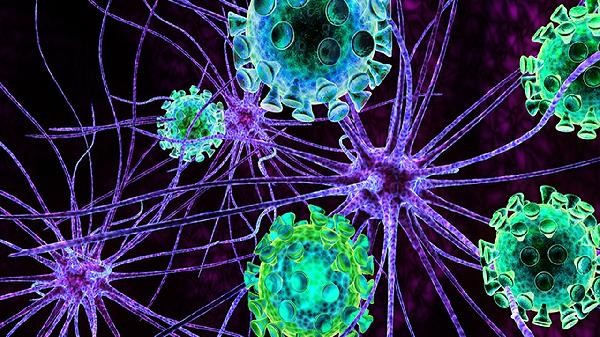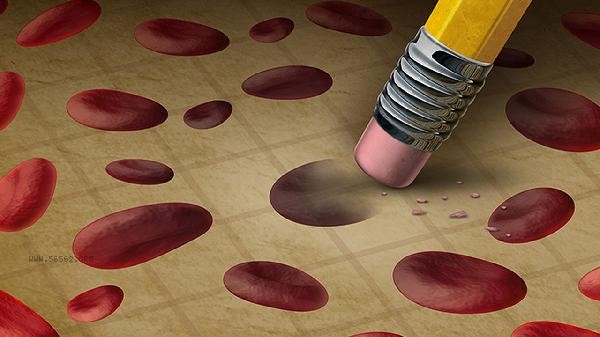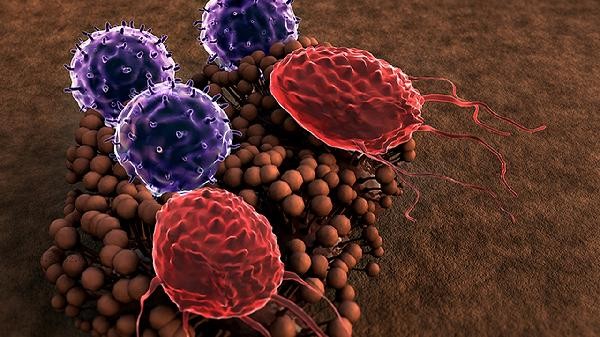The main cause of elevated blood pressure in pheochromocytoma is the excessive secretion of catecholamines such as adrenaline and norepinephrine by the tumor, which directly act on blood vessels and the heart, causing vasoconstriction and increased heart rate, leading to elevated blood pressure. Treatment includes surgical resection of the tumor, medication to control symptoms, and lifestyle adjustments.

Pathological mechanism of pheochromocytoma
Pheochromocytoma is a rare neuroendocrine tumor typically located in the adrenal medulla. Tumor cells secrete abnormally large amounts of catecholamines, including adrenaline and noradrenaline. These substances activate alpha and beta adrenergic receptors, causing smooth muscle contraction of blood vessels, increasing peripheral vascular resistance, while accelerating heart rate and enhancing myocardial contractility, ultimately leading to an increase in blood pressure. Excessive secretion of catecholamines can also cause elevated blood sugar and metabolic disorders.
2 Genetic factors and environmental influences
The occurrence of pheochromocytoma is closely related to genetic factors, with about 30% of cases associated with hereditary syndromes such as multiple endocrine neoplasia type 2 MEN2, VonHippel Lindau disease VHL, and neurofibromatosis type 1 NF1. Environmental factors such as long-term exposure to chemical carcinogens or radiation may also increase the risk of illness. Hereditary cases typically manifest as multiple tumors or familial clustering, requiring genetic testing and family screening.

3 Diagnosis and Treatment Methods
The diagnosis of pheochromocytoma is usually achieved by detecting catecholamines and their metabolites, such as methoxyepinephrine and methoxynoradrenaline, in the blood or urine. Imaging examinations such as CT or MRI are used to locate tumors. The first choice for treatment is surgical resection of the tumor, and preoperative use of alpha blockers such as pheniramine and beta blockers such as propranolol is required to control blood pressure and heart rate. For patients who cannot undergo surgery, radioactive nuclide therapy or targeted drug therapy can be used.
4 Lifestyle and Dietary Adjustments
Patients should avoid vigorous exercise and emotional fluctuations during treatment to avoid triggering a hypertensive crisis. In terms of diet, it is recommended to reduce the intake of high salt and high-fat foods and increase foods rich in potassium and magnesium, such as bananas, spinach, and nuts, which can help regulate blood pressure. Regular monitoring of blood pressure and heart rate, maintaining a regular schedule and moderate exercise, such as walking or yoga, can help improve overall health. Elevated blood pressure caused by pheochromocytoma is a serious but treatable disease. Through early diagnosis, surgical resection, and comprehensive management, most patients can effectively control their blood pressure and improve their quality of life. Patients should actively cooperate with doctors for treatment, undergo regular check ups, and pay attention to lifestyle adjustments to reduce the risk of complications.









Comments (0)
Leave a Comment
No comments yet
Be the first to share your thoughts!